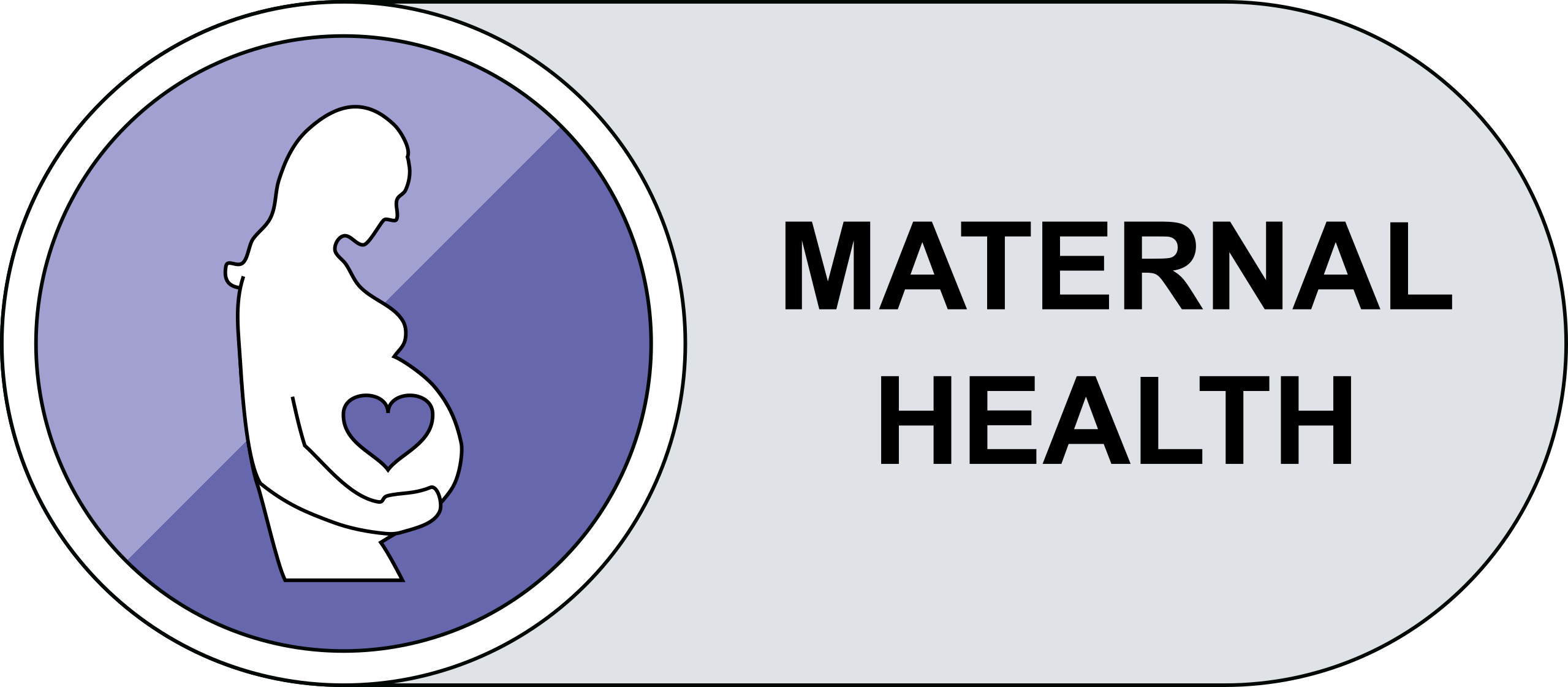Maternity care is a National Patient Safety priority, where risk is often missed and where we have found that service users are provided with inconsistent information. Our maternity services cater for a high proportion of people from ethnic minorities who have worse outcomes, worse care and less comprehensive counselling than others.
Work is being conducted to better understand risks in maternity care, to design, embed and evaluate Clinical Decision Support Tools (CDST) within IT systems in three NHS Trusts, to evaluate medication safety for pregnant women with pre-existing conditions, and support women to make informed decisions about their care, in a bid to improve outcomes of mother and baby.
We have partnered with the Royal College of Obstetricians and Gynaecologists to deliver this programme of work. Additionally, we are working with stakeholders including co-design groups of women with lived experience of the issues highlighted, and experts in maternal health. These collaborations ensure our priorities are well aligned with the needs of women delivering in the UK.
There are three streams of work in this theme. Common to each stream is the use of CDST. We are evaluating CDST already in use in maternity settings to identify common factors in CDST that have been shown to improve clinical outcomes, as well as factors that make the CDST acceptable and enjoyable for clinicians to use. These findings will be used to tailor our CDST to maximise their benefit and usability in clinical care.
The three streams of work are:
1. Alert clinicians to risks via CDST (Risk identification)
For mothers and babies to have healthy outcomes, we need to accurately identify those women who are at risk of complications during pregnancy, childbirth, and beyond. Women from marginalised groups not only have worse outcomes, but also receive suboptimal care and less comprehensive counselling compared to the general population. Existing maternity safety strategies focus largely on improving safety in the intrapartum period. There is an urgent need to support clinicians to identify and act on risk during the antenatal period, which we are addressing in this stream.
2. Design CDST to aid understanding and communication of risk (Risk communication)
Effective communication of woman-specific risks and impact of treatment to mothers and their babies is critical to achieve optimal pregnancy outcomes. Many decisions in maternity care involve trade-offs. For example, for women with early-onset severe pre-eclampsia delivery may be the treatment for the mother but introduces prematurity associated risks for the baby. Women deserve accurate, timely yet sensitive communication of risk to enable them to make informed decisions regarding their care, with their preferences heard. We will address this challenge in this stream.
3. Optimise prescribing for maternal and fetal health using CDST (Drug safety)
Another key area where the health interests of the unborn baby and mother may conflict is the use of medication in pregnancy. To-date, significant attention has been focused on the adverse effects of exposing the fetuses to various medications, but less on risks and benefits of continuing vs discontinuing medications in pregnancy for the woman. In this stream we are examining the existing data on medications that are important to both women and clinicians to better understand the safety implications, and developing CDST to optimise prescribing in these situations.

